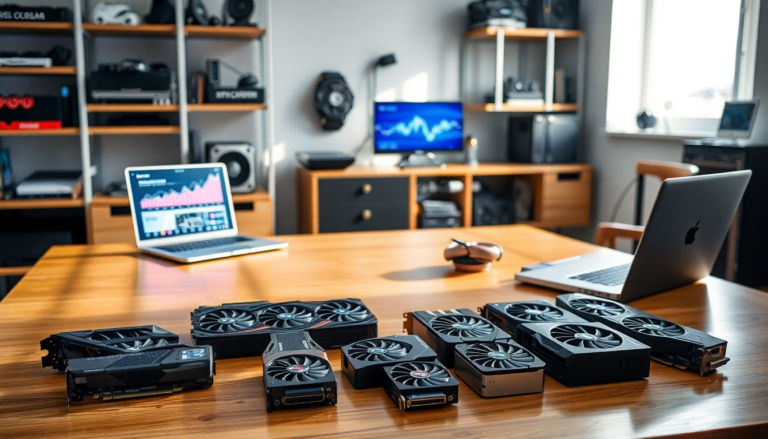Argomenti trattati
The current landscape of the graphics card market is nothing short of a roller coaster ride for consumers, especially for those on the hunt for mid-range and high-end options. Have you noticed how, despite the manufacturers’ suggested retail prices (SRP), the actual prices often tell a different story? This article takes a closer look at the statistics surrounding the graphics card market, exposing the significant price hikes that consumers are grappling with.
Market Analysis: Price Increases and Availability
Recent investigations into the graphics card market have unveiled some alarming trends in pricing. High-end models like the RTX 5090 and 5080, as well as the RX 9070 XT, are frequently sold at prices that soar 45 to 55 percent above their base models. Just take a look at the data from major retailers like Amazon, Newegg, and Best Buy. For instance, the RTX 5090, hailed as the most powerful card on the market, has an average price that exceeds $3,000—representing a whopping 53 percent markup over its $2,000 SRP.
The situation doesn’t improve for the RTX 5080, which is currently averaging around $1,570, reflecting a staggering 57 percent increase. Even Intel’s more budget-friendly Arc B580 is seeing price inflation of over 50 percent. These markups not only underscore the classic supply-and-demand dynamics but also highlight the ongoing struggles consumers face in securing these coveted components.
Factors Driving Up Prices
So, what’s behind these price surges? The reasons are multifaceted and often frustrating for average consumers. One major factor is the persistently low stock levels of high-demand graphics cards. Gamers are in a constant frenzy to upgrade their rigs, leading to rapid depletion of available stock. Adding to the chaos are scalpers who swoop in to buy cards in bulk, only to resell them at exorbitant prices. It’s a tough pill to swallow for many.
Moreover, manufacturers and retailers are taking advantage of this situation, with a significant percentage of GPUs being sold well above their base prices. This trend is exacerbated by the recent influx of slightly upgraded models that offer minimal performance boosts but drive prices up nonetheless. We’ve seen this play out before, especially during the AI boom, echoing patterns from the cryptocurrency mining rush that severely restricted consumer access to affordable GPUs.
Consumer Preferences and Market Trends
Interestingly, while high-end cards remain in high demand, budget models are much easier to come by—though they lack the allure. The market has shown that 16GB versions of cards like the RTX 5060 Ti and RX 9060 XT are outselling their 8GB counterparts by a substantial margin. This trend clearly indicates a consumer preference for higher-capacity options, particularly when the price difference isn’t significant. The RTX 5060 has emerged as the most accessible card in numerous surveys, largely due to its less-than-stellar reviews and minimal media coverage.
As it stands, it’s clear that now is a challenging time for PC gamers eager to upgrade their graphics cards. With ongoing issues surrounding pricing and availability, there doesn’t seem to be any quick fix in sight. For anyone in the market for a new GPU, understanding these dynamics is crucial for making informed purchasing decisions. Are you ready to navigate this tricky landscape?

